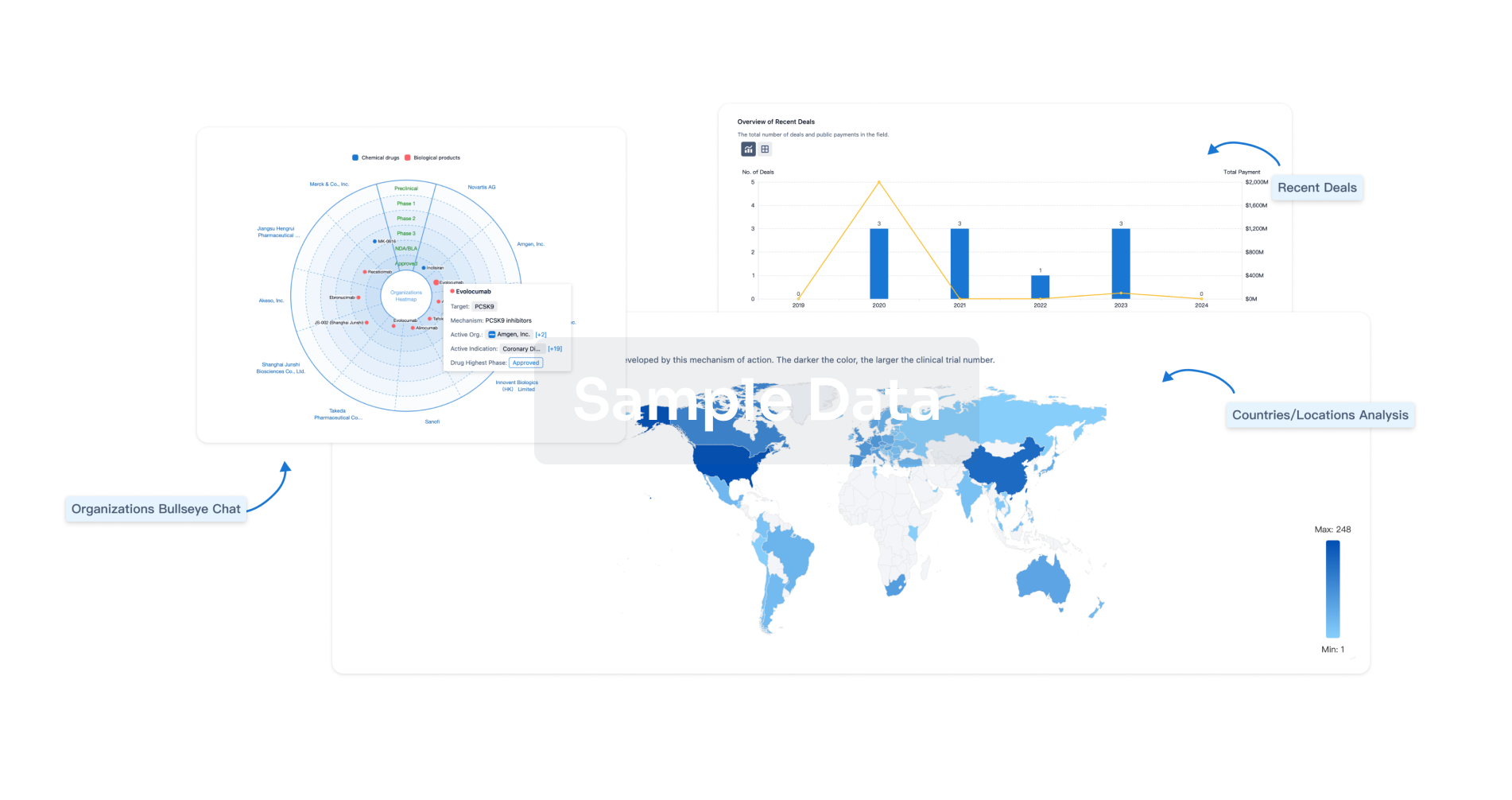Scientists have determined how the SWI/SNF chromatin remodeling complex helps cancer cells 'remember' how to be cancerous after division.
When a cell divides, it retains information about how to grow and instructions about what type of cell to become. Scientists at St. Jude Children's Research Hospital have gained a new understanding of how these processes can work, revealing a previously unappreciated role for the SWI/SNF chromatin remodeling complex. The study was published today in Nature.
When a cell undergoes differentiation, stem cells (the earliest cells that develop) undergo changes that transform them into a different type of cell, typically one with a more specialized function (such as a skin or muscle cell). As cells divide, they must retain the "memory" of their current differentiation state to transfer the proper identity to the daughter cells.
Chromatin is a complex of DNA and protein tightly compacted inside cells. Chromatin must unwind to turn genes on and off in closely regulated processes. SWI/SNF complexes control a cell's identity during differentiation by changing chromatin architecture to regulate gene expression. However, it was unknown whether SWI/SNF complexes contribute to the memory of cell identity during cell division.
Cancers often carry mutations that affect the SWI/SNF chromatin remodeling complex. One example is the loss of the core subunit SMARCB1. Other studies have also linked mutations in the complex to neurodevelopmental disorders. In this study, scientists at St. Jude have discovered how subunits of SWI/SNF act as "bookmarks" during mitosis to safeguard cell identity during division. The work points to the importance of SWI/SNF core subunits SMARCE1 and SMARCB1 and their roles in the process.
"This work provides an understanding of a new component of mitotic memory, as well as provides clues to why a mutation of this SWI/SNF complex subunit would disrupt memory of what a cell should normally be doing and allow it to go into a cancerous state," said senior author Charles W.M. Roberts, M.D., Ph.D., Executive Vice President and St. Jude Comprehensive Cancer Center director.
SWI/SNF subunits help cells "remember"
Previously, researchers believed the enzymatically active subunit of the SWI/SNF complex was not bound to DNA in mitosis, so scientists have assumed that SWI/SNF complexes had no role during mitosis. In launching this study, Roberts wondered, "If a piece of this complex is mutated, how can a cancer cell remember to be a cancer cell coming out on the other side of mitosis? What is the memory mechanism sustaining the cancer cell?"
Surprisingly, Roberts's team found that two individual subunits of SWI/SNF complexes, but not the rest of the complex, bind to mitotic DNA. They then showed that the binding of SMARCE1 and SMARCB1 is required for the appropriate reactivation of bound genes after mitosis.
Further experiments, which removed SMARCE1 during mitosis, found that loss of SMARCE1 disrupts gene expression, impairs the ability of some other "bookmarks" to bind to their targets and causes abnormal neural differentiation. These findings suggest that SMARCE1 plays a mitotic bookmarking role and is essential for the retention of appropriate differentiation programming during mitosis.
"In a normal cell, SMARCB1 would be bound in mitosis to bookmark the genes that should be turned on after the cell divides," Roberts said. "But SMARCB1 is deleted in nearly all cases of a highly lethal type of cancer that strikes young children called rhabdoid tumors. Consequently cell identity genes fail to turn on immediately after a cell divides. This may be a key component that enables the cells to stay in a cancerous state, as they fail to activate the genes that normally help them differentiate."
Implications beyond pediatric cancer
Previous work showed that SWI/SNF subunit abnormalities exist in approximately 20% of all cancers. Additionally, research has identified SWI/SNF subunit mutations in several types of neurodevelopmental diseases.
"History has shown that genes that mutate in the earliest onset cancers, in babies and toddlers, are often a bit of a 'canary in a coal mine' for broader principles in cancer." Roberts said. "Indeed, while it was studies of rhabdoid tumors in young children that first linked SWI/SNF complexes to cancer, we now know that genes that encode subunits of SWI/SNF complexes are mutated in 20% of all cancers. Studying rhabdoid tumors, thus, not only provides insight into these often fatal cancers of young children, it is quite informative about many types of cancer."
"Unlike adult cancers, where many genes are mutated, and it is harder to figure out what any single abnormality does, here we have a cancer driven by just this one mutation," Roberts added. "It's a beautiful model to understand how these processes work and then begin to leverage that understanding in adult cancers too."
Authors and funding
The study's co-first and co-corresponding author is Zhexin Zhu, formerly of the St. Jude Department of Oncology. The other co-first author is Xiaolong Chen, St. Jude Department of Computational Biology. Other authors are Ao Guo, Trishabelle Manzano, Patrick Walsh, Kendall Wills, Rebecca Halliburton, Sandi Radko-Juettner, Raymond Carter, Janet Partridge, Douglas Green and Jinghui Zhang of St. Jude.
The work was part of the St. Jude Collaborative Research Consortium on Chromatin Regulation in Pediatric Cancer. Through the collaborative, investigators at different institutions conduct research that requires the expertise of scientists with various specialties, streamlining and speeding up progress.
The study was also supported by the National Institutes of Health (R01CA216391, R01 AI123322), the National Cancer Institute (NCI) Cancer Center Support Grant (CCSG 2 P30 CA021765), NCI grants (R01CA113794 and R01CA172152), CURE AT/RT Now, Garret B. Smith Foundation, the Ruth L. Kirschstein National Research Service Award (F31 CA261150) and ALSAC, the fundraising and awareness organization of St. Jude.
